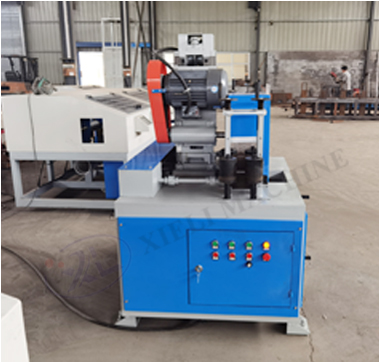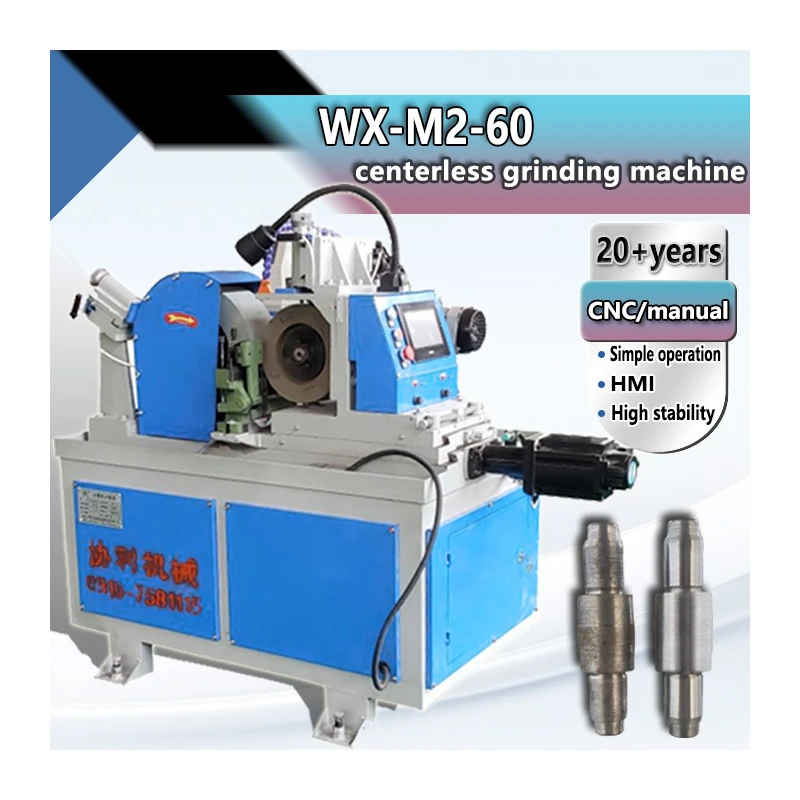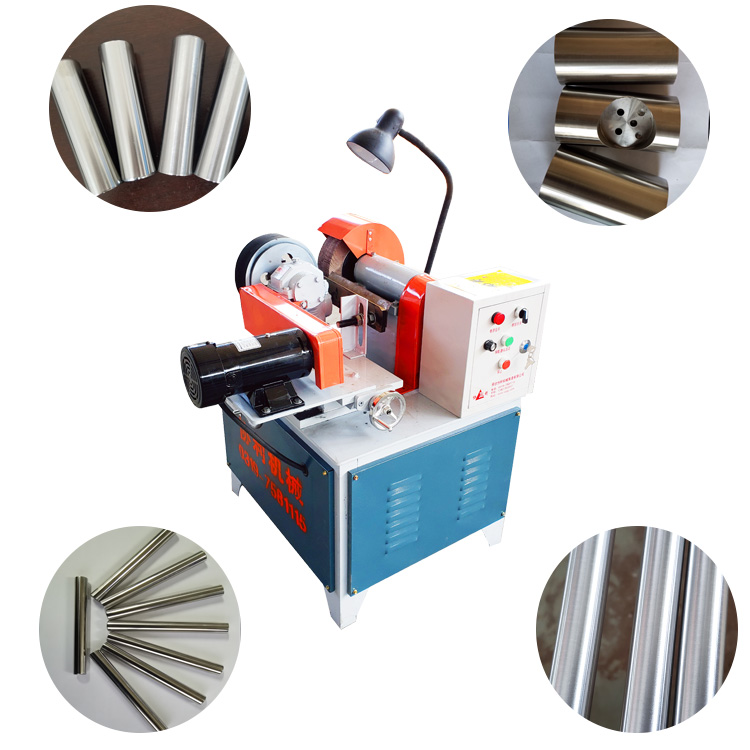Flat Polishing Machine The Key to Precision in Surface Finishing
In the ever-evolving landscape of manufacturing and production, the significance of surface finishing cannot be overstated. Among the various technologies available, flat polishing machines have emerged as essential tools for achieving high-precision finishes on flat surfaces. This article delves into the purpose, functionality, and advantages of flat polishing machines in various industries.
Understanding Flat Polishing Machines
Flat polishing machines are specialized equipment designed to smooth and polish flat surfaces of materials such as metal, glass, ceramics, and composites. These machines employ various polishing techniques involving abrasives, pads, or cloths to achieve the desired surface finish. Their primary function is to enhance surface properties, including smoothness, gloss, and reflectivity, which are critical in applications ranging from optical components to automotive parts.
Mechanism of Operation
The operation of flat polishing machines involves several key components. At the core of the machine is a rotating platen or disc that holds the polishing pad. The material to be polished is held in place, typically by means of a fixture or vacuum system. As the platen rotates, the polishing pad comes into contact with the surface of the material, applying a combination of pressure and abrasives to achieve the desired finish.
The process can be finely controlled through variables such as rotation speed, pressure applied, and dwell time. Many modern flat polishing machines incorporate advanced features such as programmable logic controllers (PLCs) and touch screen interfaces, allowing operators to customize parameters for specific materials and finishing requirements. This level of control not only enhances the quality of the finish but also improves efficiency, reducing production times.
Applications Across Industries
flat polishing machine

Flat polishing machines are utilized in a wide range of industries. In the electronics sector, they are crucial for polishing silicon wafers, ensuring a smooth finish that is essential for photolithography processes. The automotive industry also benefits from flat polishing machines, especially in the production of components like mirrors and lenses that require flawless finishes for optimal performance.
Moreover, the optics industry relies heavily on these machines. Optical components such as lenses and prisms demand high precision and clarity, making flat polishing an indispensable part of the manufacturing process. Similarly, the jewelry industry employs flat polishing machines to enhance the surface quality of metal parts, thereby improving their aesthetic appeal.
Advantages of Flat Polishing Machines
One of the most significant advantages of flat polishing machines is their ability to produce consistent and repeatable finishes. In industries where precision is paramount, such as aerospace and pharmaceuticals, this consistency translates into enhanced product quality and reliability. Furthermore, the automation capabilities of these machines reduce the possibility of human error, ensuring that manufacturing processes adhere to strict quality standards.
Efficiency is another crucial benefit. Flat polishing machines are designed to streamline the finishing process, often completing tasks faster than manual polishing methods. This reduction in processing time not only increases productivity but also lowers labor costs, making it an attractive option for manufacturers looking to optimize their operations.
The versatility of flat polishing machines enables their use on various materials, making them a valuable asset across multiple sectors. With the capability to accommodate different polishing styles—be it mechanical, chemical, or combination methods—users can select the approach that best meets their specific needs.
Conclusion
In conclusion, flat polishing machines play a vital role in the realm of surface finishing, offering precision, efficiency, and adaptability across numerous industries. As technology continues to advance, we can expect innovations in these machines that will further enhance performance and expand their applications. For manufacturers striving for quality, investing in a flat polishing machine is not merely an option but a necessity in staying competitive in today’s fast-paced market. Embracing these machines can lead to improved product quality, greater operational efficiency, and ultimately, stronger customer satisfaction.









